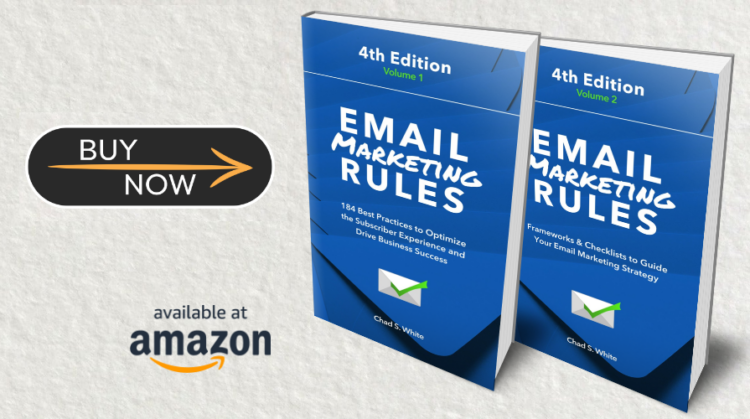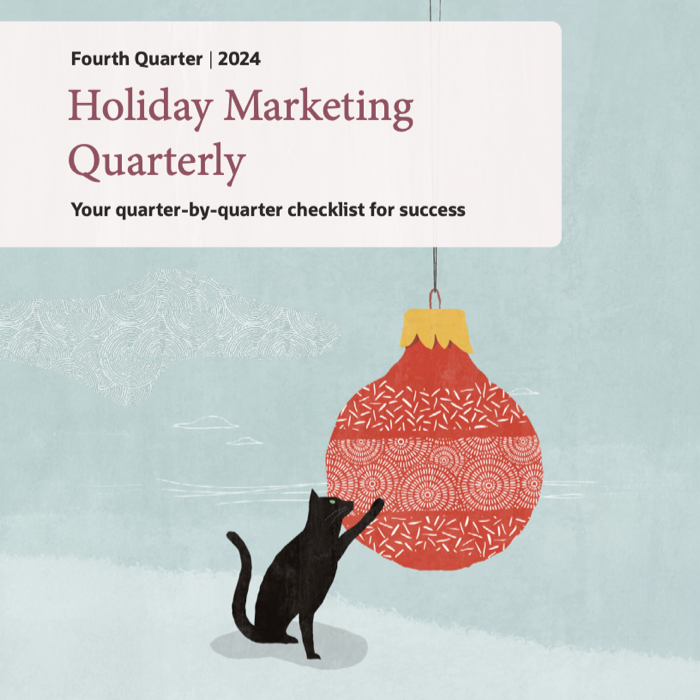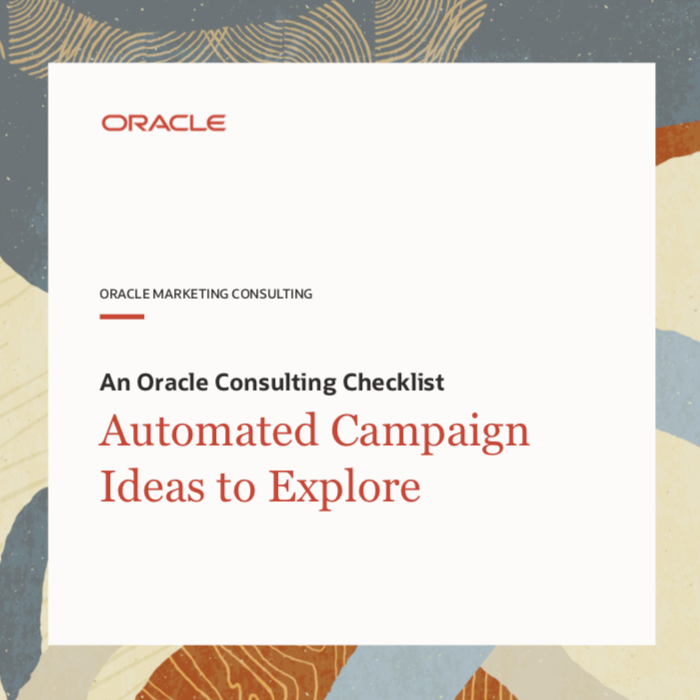Email Address Acquisition Sources: Focus on Where Your Buyers Are
 Where, when, and how to collect email addresses so that retailers are attracting high-value, low-complaint subscribers is definitely a common struggle, as I shared with Dom Nicastro of CMSWire, who was examining the results of the 2016 Yesmail Channel Report. The findings of that survey of nearly 200 Shop.org attendees found that almost half of retailers do not collect email addresses via social media or in-store, and that 17% don’t collect don’t secure website visitors’ email addresses.
Where, when, and how to collect email addresses so that retailers are attracting high-value, low-complaint subscribers is definitely a common struggle, as I shared with Dom Nicastro of CMSWire, who was examining the results of the 2016 Yesmail Channel Report. The findings of that survey of nearly 200 Shop.org attendees found that almost half of retailers do not collect email addresses via social media or in-store, and that 17% don’t collect don’t secure website visitors’ email addresses.
The key is recognizing that while there are many email address acquisition sources available to retailers, not all sources are equally valuable. And then the challenge is identifying which sources for a particular retailer are great ones and which are poor ones. The best sources should be optimized to make them better, and the worst sources should be discontinued if they can’t be significantly improved. More sources isn’t necessarily better.
For instance, social media is not always a good place to attract email subscribers, which clearly some retailers have learned. While the volume of consumers is high on social media, and social platforms offer consumers a number of reasons to engage with a retailer, the interest and intent to purchase isn’t typically very strong, as demonstrated by Facebook’s multi-year struggle to gain traction with its ecommerce offerings.
Consumers are attracted to social media for recommendations and testimonials, to share experiences, to engage in cause- and issue-related reasons, and to complain, among other things. To be fair, there is significant interest in deals and promotions, but it’s just one of a multitude of interests.
On the other hand, visitors to a retailer’s ecommerce site are familiar with—if not already loyal to—the brand and have a strong intent to buy. Every retail website should have a prominent email subscription form on their home page—preferably, only requiring an email address, since other information can be collected post-signup or during conversion. Signup forms should appear on all product pages, and an opt-in opportunity should be a part of checkout as well.
Consumers who are visiting a retail store are similarly desirable and make excellent subscribers. The issue here is not quality, but rather logistics. A number of brands have found themselves in trouble with ISPs or Spamhaus because of their poor practices around in-store email opt-ins. Collecting email addresses via hand-written forms lead to serious transcription errors that can result in hard bounces or hitting spam traps.
Better approaches include having consumers type their email address themselves on a tablet or pen pad, or having consumers verbally communicate their email address and allowing them to visually verify that it was captured correctly. These will improve accuracy dramatically.
Retailers should consider using a confirmed or double opt-in process if quality is still an issue. This involves sending an email to the would-be subscriber and asking them to confirm their subscription by clicking a button in the email. If they don’t click, then they aren’t subscribed.
In general, email addresses are best collected closest to a point-of-purchase and customer service, because that’s where retailers’ customers and best prospects are. It’s at these touchpoints—which include ecommerce websites, stores, mobile apps, and call centers—that consumers are the most interested and engaged with a brand, which indicates they will be the most open to receiving deals, new product information, and other content.
 Email Marketing Rules
Email Marketing Rules







































